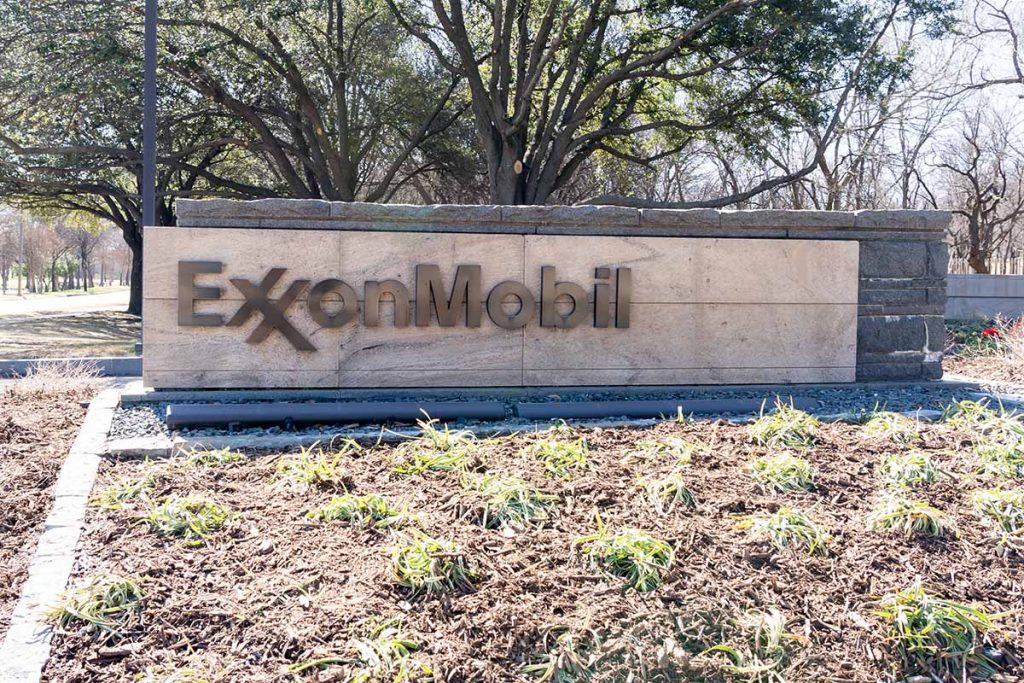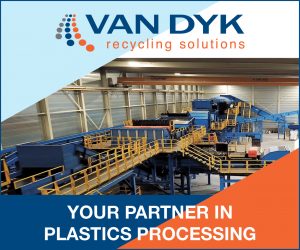
ExxonMobil recently disclosed some details about the company’s chemical recycling plans. | JHVEPhoto/Shutterstock
A sustainability executive at ExxonMobil recently laid out details on the energy giant’s multifaceted strategy around chemical recycling, and it’s clear hopes are high.
“A lot of folks announce capacity. I can tell you that we have 13 individual projects delivering … 500 kilotons by 2026,” said Raymond Mastroleo, global market development manager for advanced recycling at ExxonMobil.
Speaking during a company webinar in late September, Mastroleo laid out ExxonMobil’s plans to develop the technology. Chemical recycling, called advanced recycling by ExxonMobil and other plastic producers, refers to technologies that break down scrap plastics into chemicals that can be used to produce new plastics, fuels, waxes and other products.
ExxonMobil has been piloting its Exxtend technology, the brand name for its chemical recycling process, at its Baytown, Texas facility. Mastroleo noted that, through June 2022, the company had chemically recycled 5,000 metric tons of plastic there. By the end of this year, it plans to open a nearby recycling plant capable of recycling 30,000 metric tons per year, he said.
And ExxonMobil plans to build chemical recycling units in Beaumont, Texas; Baton Rouge, La.; and Sarnia, Ontario, as well as in France, the Netherlands and Singapore. All told, the projects will give ExxonMobil the capacity to recycle 500,000 metric tons, or over 1.1 billion pounds, by the end of 2026, he said.
Mastroleo said ExxonMobil, which sold its first batch of chemically recycled PP in December 2021 and chemically recycled PE in March 2022, is moving “at lightning speed in order to really tackle this challenge. But although we’re going very fast, this is still just the very beginning.”
The company has plans to “really bring this at scale and become credible.”
Finding supply
In terms of supply, Mastroleo, who has two decades of experience working for ExxonMobil, pointed to a multitude of challenges with communications, collection programs and sorting infrastructure, and he said that collaboration with other stakeholders is the only way to solve those problems.
He noted that ExxonMobil in January 2021 became a founding member of Cyclyx International, a joint venture with pyrolysis company Agilyx. Cyclyx is working to build large-scale secondary sorting facilities that will sort and clean post-consumer plastic scrap that would otherwise be landfilled, with each facility’s capacity in the range of 70,000 metric tons to 100,000 metric tons, he said.
“The intent here is to bring technology to bear at scale to have the ability to take hard-to-recycle plastic waste, collect it, clean it and sort it, and doing that with state-of-the-art-technology,” Mastroleo said. “That plastic waste is not just tied to advanced recycling. It’s also to elevate all recycle streams, whether it’s mechanical or advanced recycling.”
He noted that mechanical recycling has a smaller greenhouse gas (GHG) footprint than chemical recycling, but that ExxonMobil’s advanced recycling technology generates roughly 19% fewer GHG emissions than using conventional fossil fuel-based feedstocks to make plastic.
He also noted the company’s participation in the Houston Recycling Collaboration, a partnership of ExxonMobil, LyondellBasell, Cyclyx International, waste management company FCC Environmental and the city of Houston. The goal is to understand the barriers residents face to plastics recycling, he said, with a goal of gaining insights on ways to increase recycling rates there and elsewhere.
“The idea is not just to do it in the city of Houston, but ‘Hey, let’s take those lessons learned and then apply them to municipalities all over the United States and beyond,’” he said.
More stories about chemical recycling
- Groups add nuance to policy position on chemical recycling
- Texas plant in limbo after Eastman loses DOE grant
- Financing, uncertainty feed EU recycler bankruptcies



